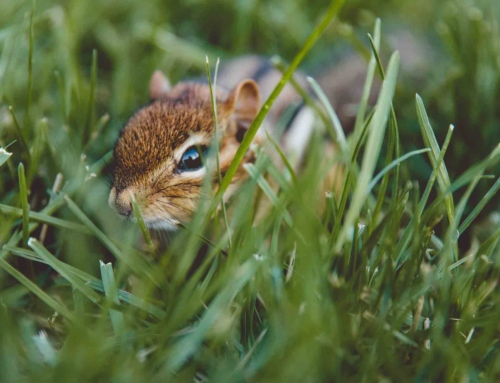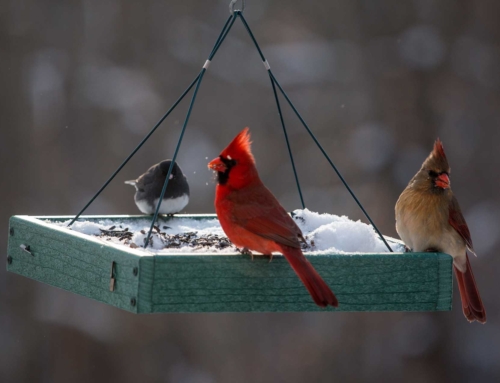Introducing Bats: The Series
Disclosure: This post may contain affiliate links
As the only mammals to evolve power of flight, bats are extremely fascinating, yet they are considered a “pest” and feared by many. Our series aims to explain just what makes them worthy of our admiration.

What's in this post
Share This Story!
Introducing Bats: The Series
By Amanda Crow, Guest Contributor
This is the first in a series of posts on bats, magnificent and admirable creatures!
Bats, or the huge scientific order Chiroptera, include over 900 living species – approximately 20% of all species of mammals! As the only mammals to evolve power of flight, bats are extremely fascinating, yet they are considered a “pest” and feared by many.
What makes bats so special? Besides being nocturnal, the one uniting quality of all bats is flight, which has allowed them to occupy niches both horizontally and vertically. Two species have to live in different niche space – or with little overlap. If not, one species will be driven to extinction – an evolutionary term called “competitive exclusion.” In order for new species to evolve, there has to be an opening in niche space. This is why their evolution is so amazing. Their ability to coexist in a seemingly small amount of geographic space could not be possible without the variation seen in nearly every way they live!
Bio 101
niche – the set of environmental characteristics that are necessary to live (i.e. temperature range, moisture, food availability, habitat space)
echolocation – using the reflection of sound off of objects to navigate an environment
Here are just a few ways that bat species differ:
- Body size and shape – The smallest bat weighs less than a US dime (<2grams) with a wingspan of under 5 inches. The largest bat weighs up to 3.3lbs with a wingspan of 6.5 feet!
- Head size and shape – specialized (sometimes more or less) depending on how the bat hears, sees, and eats.
- Diet – insects, pollen, nectar, fruit, small animals; for a few species, blood or fishes.
- Habitat – found in all regions of the world except the polar ends.
- Navigation – One fifth of bats have excellent sight; the rest use echolocation, which is quite variable between species.
- Roosting preferences – The roost is where the bat sleeps and lives during the day. Some roost alone while others prefer to roost with up to one million in a colony! Their roosting locations vary greatly.
A dozen posts could barely cover the broad discussion of bats, but along with individual species, I aim to cover a variety of topics with this series. On a sad note, White Nose Syndrome is a fungal disease that is decimating populations of bats.
Bats are essential to a balanced environment, a fact that most people are unaware of. Common bat species eat thousands of insects a night – and that’s just an individual bat! They are extremely beneficial to farms: a colony of 150 big brown bats can protect local farms from over 33 million rootworms every summer! They are also known as “keystone species” in many communities – largely in the tropics – particularly for their important role in pollination and seed dispersal. Next time you are outside around dusk, be on the lookout for creatures in the air with rapid wing flapping and listen for their very audible “clicking.” Hopefully some of you will have a new appreciation for them and take great joy in watching them come out each night as I do!
Photo credit: Wanja Krah





